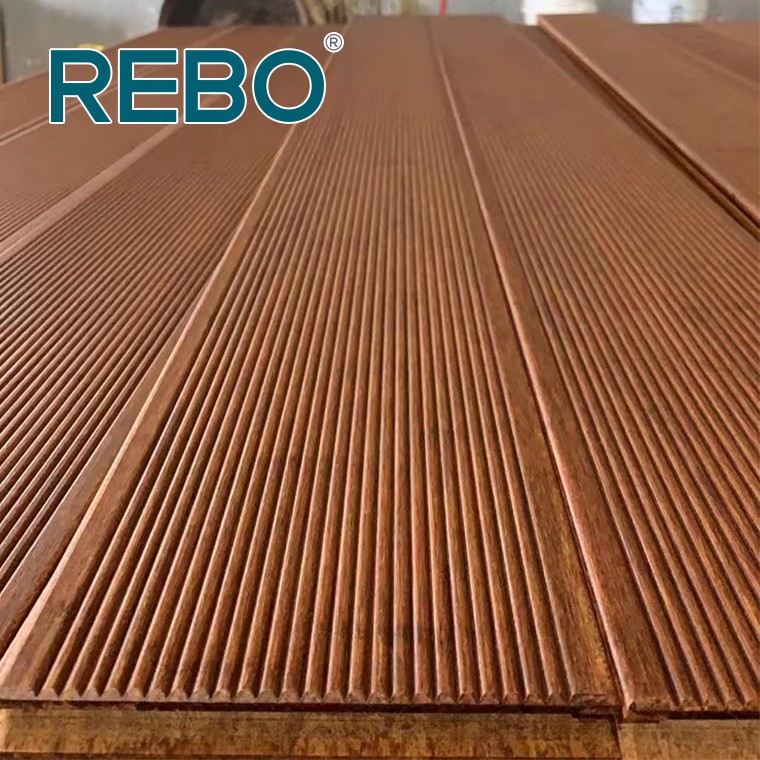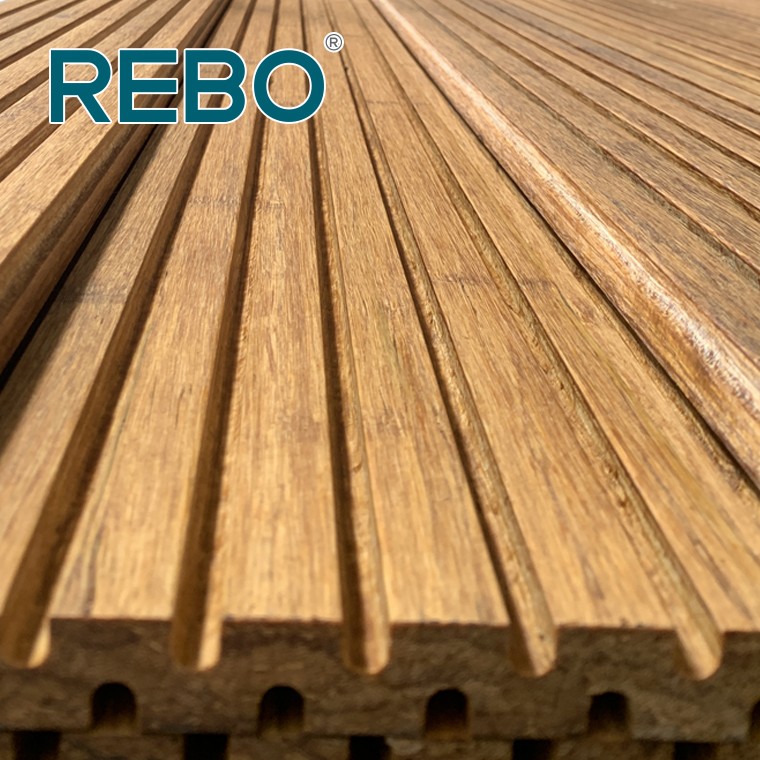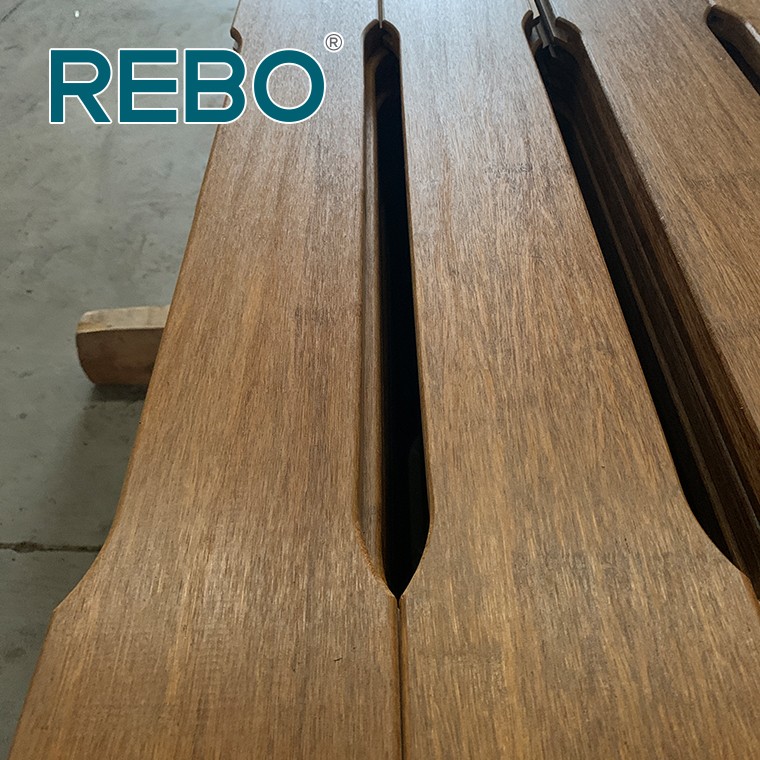Guidelines For Harvesting Bamboo Sustainabl
Bamboo is one of the fastest-growing plants in the world. One bamboo plant consists of several poles that are referred to as a clump. Sustainable bamboo harvesting plays a crucial role in maintaining the long-term health, productivity, and quality of bamboo clumps and poles/culms.
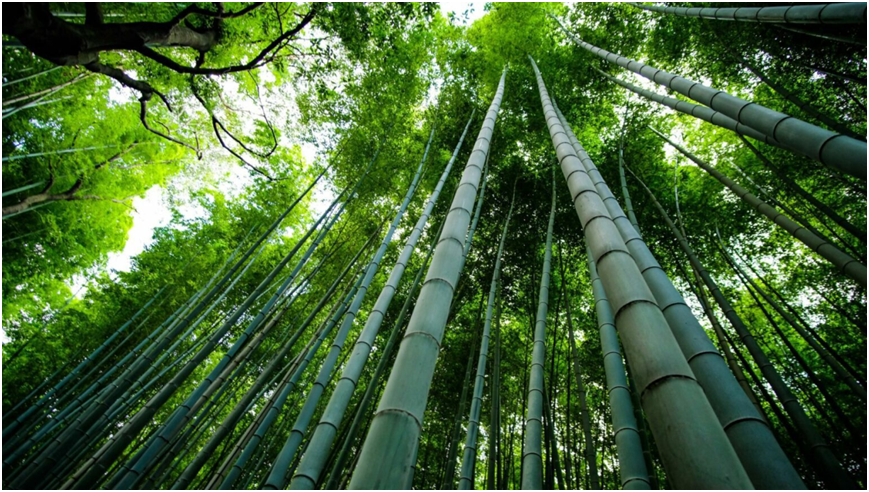
Which season is the best to harvest bamboo?
Harvesting bamboo at the right time will ensure that your plants stay healthy and that you reap the highest quality material for any use.
Sugar content in almost all plants varies with seasons. Dry season is the period of dormancy. During this period, the bamboo plant is acquiring and conserving nutrients for shoot growth in the next rainy season. Thus, starch content is at its highest level at the end of dry season! During rainy season, starch content is lower, but moisture content in the bamboo culms is high, which increases the possibility of subsequent splitting and cracking after harvest. This is also the period when new shoots emerge and felling operations could damage or destroy the shoots.
So the most recommended time to harvest bamboo is at the end of rainy season - beginning of the dry season. At that time, the trunk has low moisture, better use value, not effect on new shoot, the harvest and transportation is also easier.
How often can bamboo be harvested?
A new bamboo plant is mature enough to harvest after three to six years, depending on the species. When you notice that the color of the bamboo stem changes from clear and shiny green to a gray and dark green color, and the traditional white bands at each knot have almost disappeared and are replaced by hardly perceptible gray bands, then the bamboo shows clear evidence of its maturity and can be selected for harvest and extraction out of the forest or plantation.
After it is mature, bamboo can be harvested annually for decades, making it an excellent long-term investment.
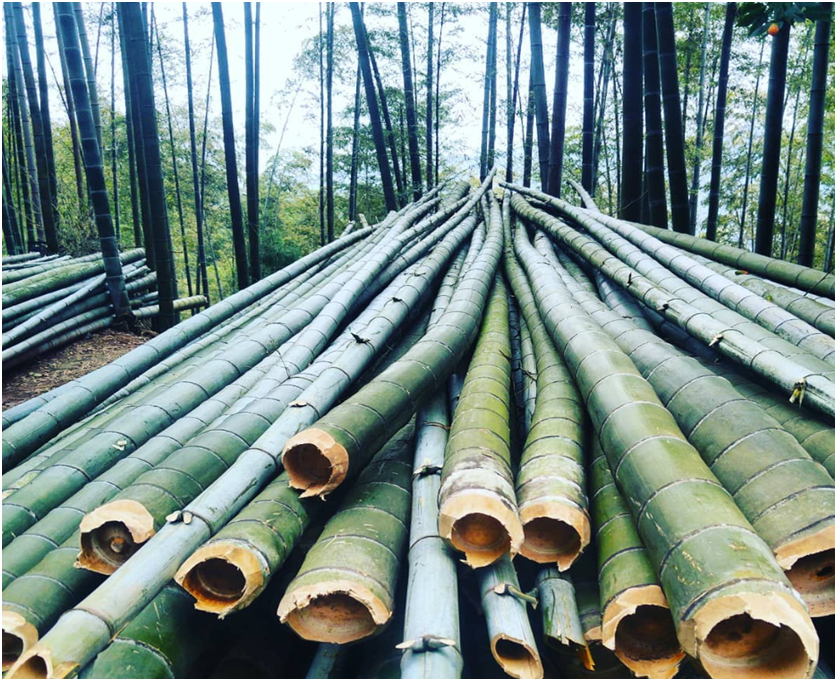
Does bamboo re-grow after harvesting?
Bamboo Has Regeneration Superpowers. Unlike other timber trees, harvesting bamboo does not kill it, but actually stimulates its growth. How does this work?
Rather than directing energy towards regaining its lost height, a cut bamboo stalk will simply unfurl new leaves. These leaves, in turn, create and send energy down to the root system to encourage the growth of new shoots. Bamboo can grow back when it is cut, but this process does not occur immediately. Healthy bamboo will quickly re-grow to produce new shoots which will grow to maturity in about 60 to 90 days.
The more that gets harvested, the faster it grows. That makes bamboo an incredible renewable resource that can be harvested and will re-grow naturally without the need for manual reforestation.
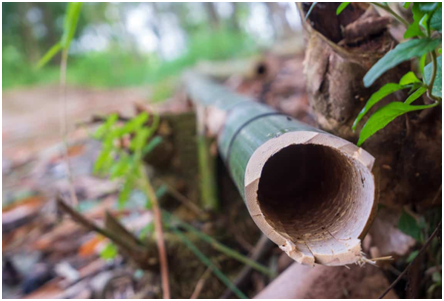
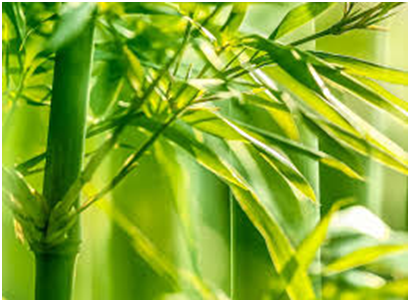
Harvest bamboo properly not only helps to use bamboo material well, brings economical benefits, but also contributes to preserve environment. It takes some practice, knowledge and time to learn it, but the outcome is worth the effort.
Due to its sustainability and endless characteristics, bamboo is frequently used in many construction fields instead of wood material. As an environmentally friendly material, bamboo is produced to many products, such as outdoor decking, flooring, wall panels, horse panels, beams, railings, fences, joists, pergolas, etc. Bamboo products are becoming more and more popular in the international markets.
REBO is such a company which mainly produces strand woven bamboo products and has exported the products to many countries and gained good commends from the customers. If you are interested in our products, please feel free to contact us for more information.
